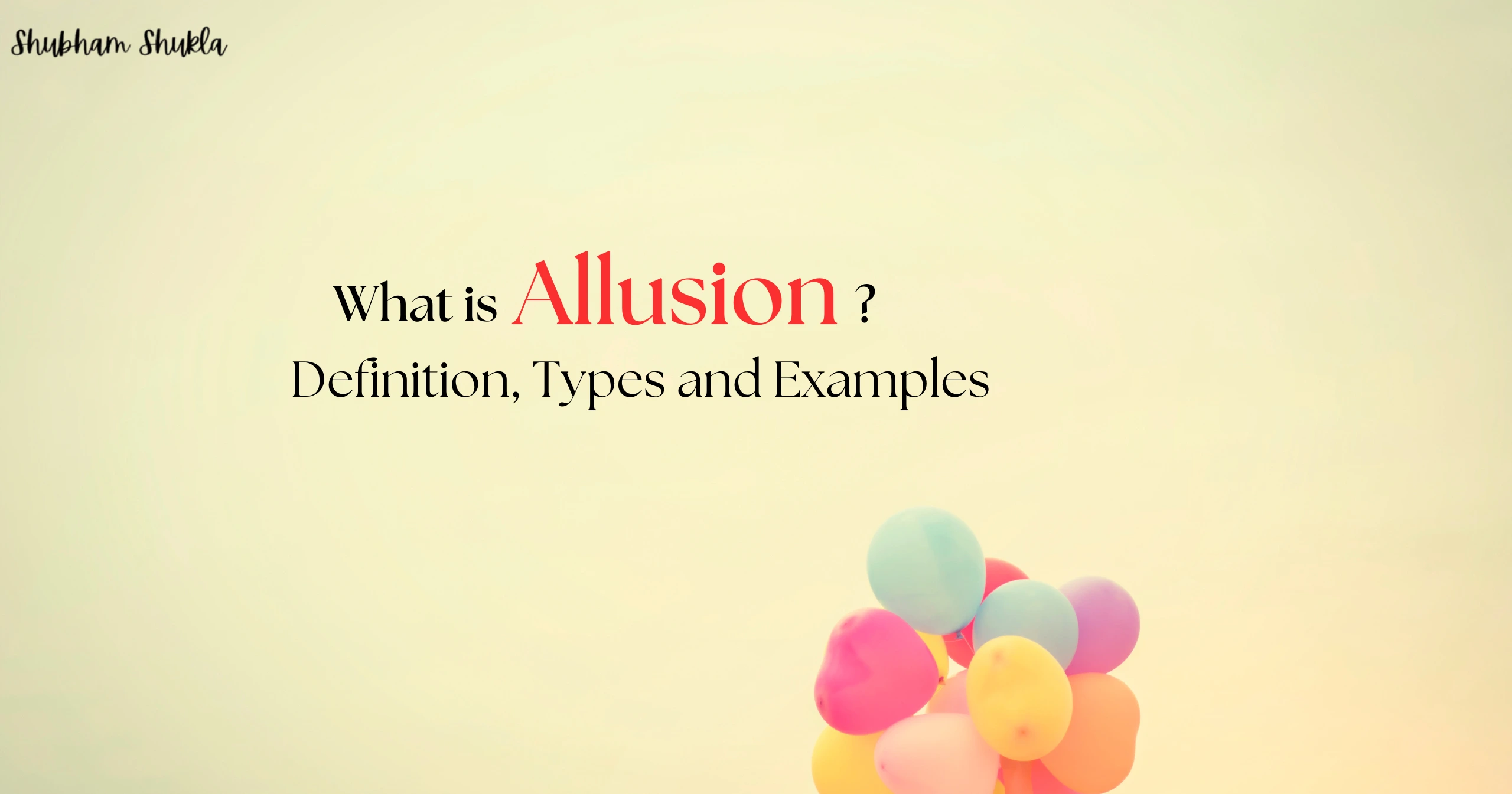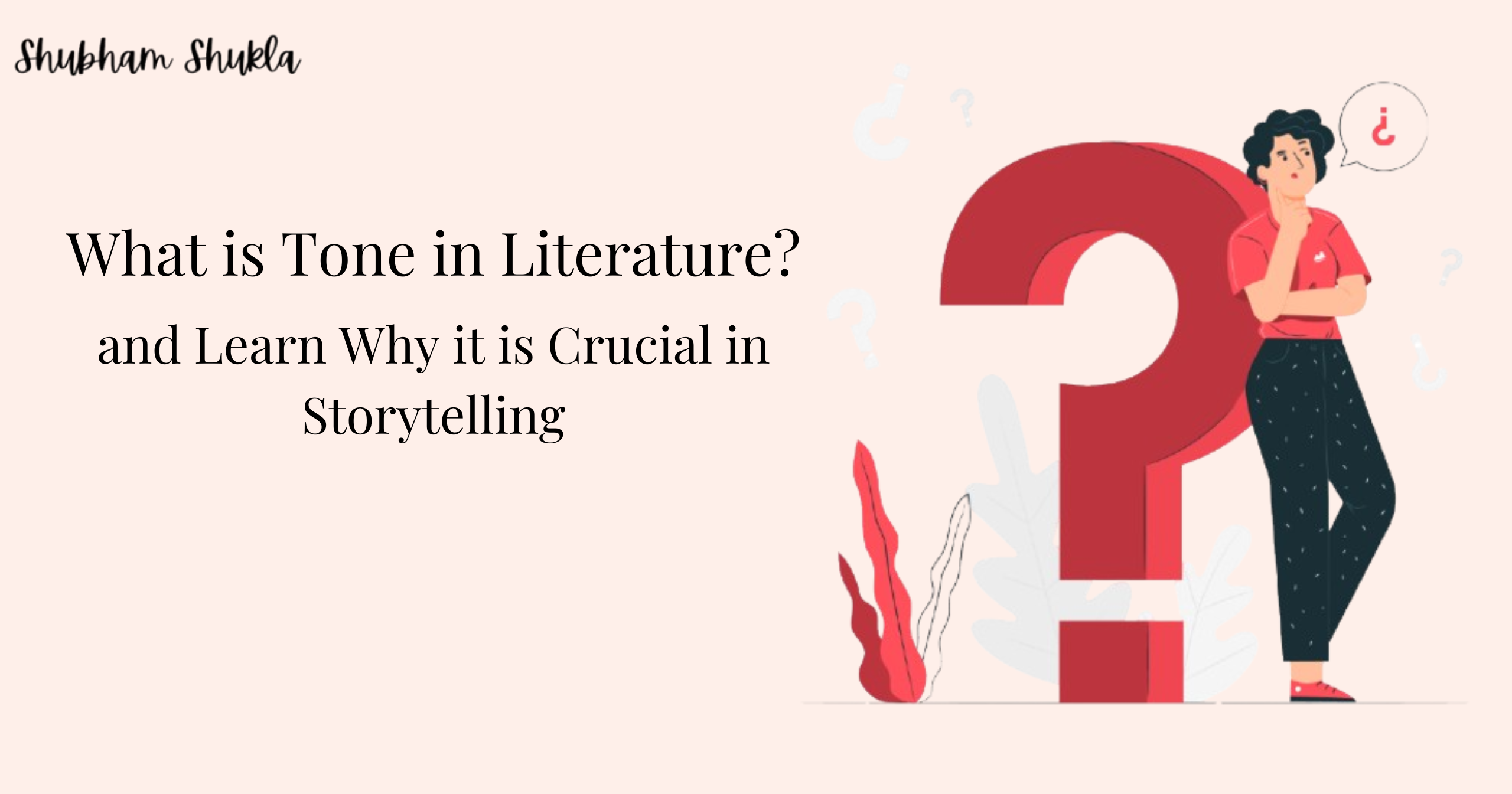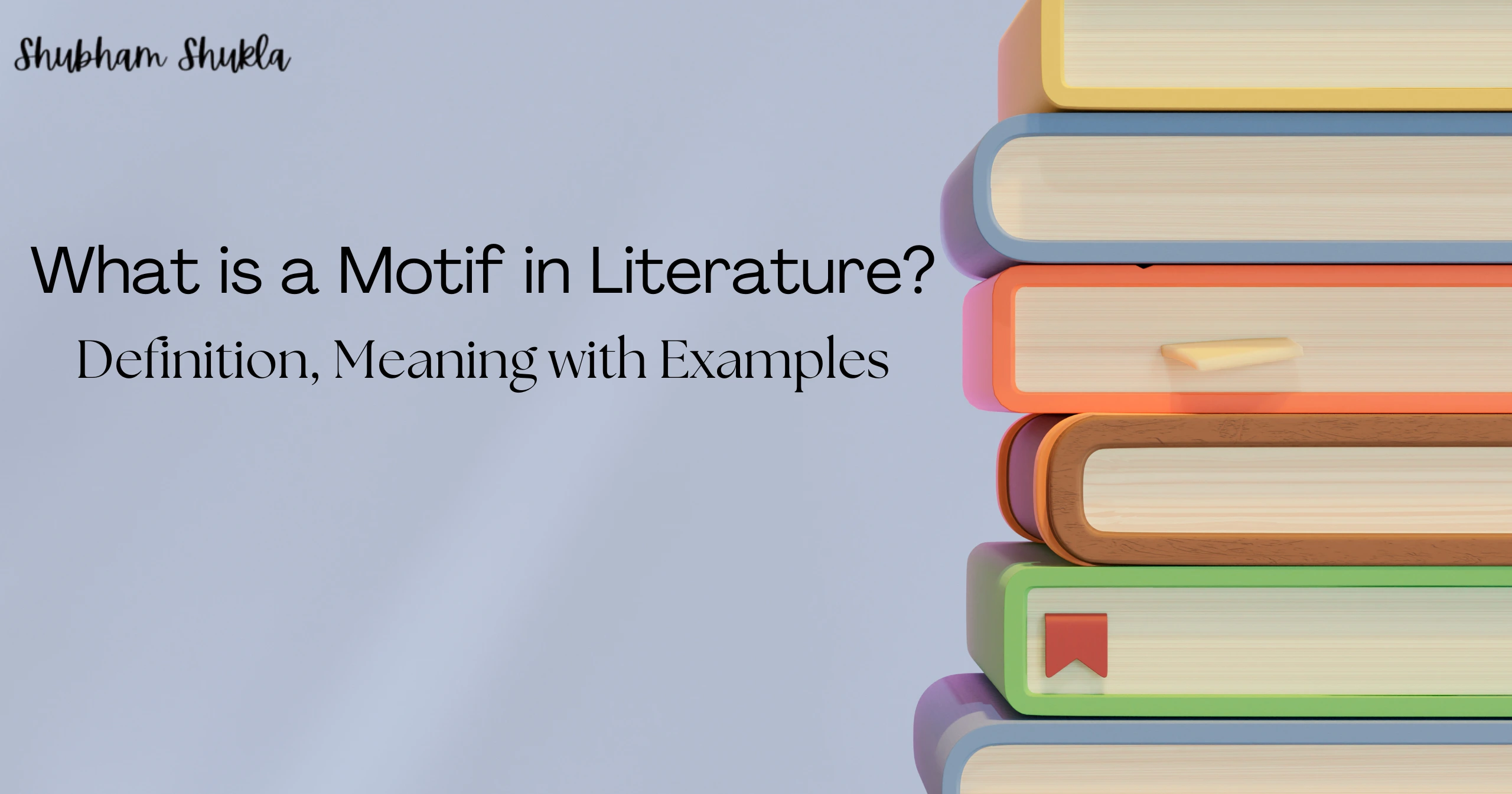The reader couldn’t help but yearn for the people and the environment they had grown so accustomed to as the book’s last pages approached.
However, all great stories must end, just like all good things must. As a result, the author gave the reader an epilogue that served as a final farewell to the adored characters, a view into the future, and a resolution to any loose ends.
The epilogue depicted the characters’ lives following the story’s events, including their struggles and victories, happiness and sadness.
It served as a reminder that life goes on and that the characters will continue to go through all of it, just like the reader.
The reader realised that the characters would always have a particular place in their heart, thus it was a reassuring but heartbreaking farewell.
The reader couldn’t help but grin as they put the book down, appreciating the experience and the memories they had shared with the characters. The end was just the start.
The word “epílogos,” which combines the Greek words “epí” (in addition) and “logos” (word), denotes “conclusion.” The 15th century saw the first use of this word.
Since epilogues are unique and cannot be replicated, they are found in every genre, book, tale, and character.
There are many ways to write a beautiful epilogue but here I have mentioned a few pointers that will help you curate a heartwarming epilogue of your book –
- Revise and Edit: Never forget to revise and edit your epilogue. Since it’s the last chapter of your book, it needs to be flawless.
- Determine the purpose of the epilogue: Determine the function of the epilogue in your novel before you begin writing. Will it provide the reader closure? Will it disclose the characters’ fates following the major plot points? Will it provide answers to any unanswered questions?
- Revisit the story themes: An excellent way to review the story’s themes and encourage readers to consider the meaning and value of the narrative is through the epilogue.
- Keep it Short: A short and direct epilogue is ideal. It ought to be the resolution of an existing story rather than a brand-new one.
- Tone of the Story: The tone of the work as a whole should be reflected in the epilogue. It should adhere to the same literary style and be consistent with the story’s ideas.
- Utilize a different point of view: Using a different point of view in the epilogue might help create a sense of closure. For instance, the epilogue may be given in the third person if the main narrative was told in the first.
- Avoid introducing new plotlines: New conflicts or storylines shouldn’t be introduced in the epilogue. Rather, it should provide the story completion and finality.
- Address the character’s future: What happens to the characters following the major events of the novel can be covered in the epilogue. This can provide the reader closure and help them comprehend what happened to the characters they have come to love.
You may also read: What is Consonance? Definiton, Types, Uses with Examples
An epilogue is a potent device that can offer resolution, disclose the outcomes of characters, and offer insight into the themes of the narrative. Being the last chapter of a story, it needs to be written with care to fulfil its objectives and offer a satisfactory resolution.
Harry Potter and the Deathly Hallows by J.K. Rowling is a superb example of an epilogue that offers resolution. Readers witness Harry, Ron, and Hermione all grown up and sending their own kids off to Hogwarts School of Witchcraft and Wizardry in the epilogue, which takes place nineteen years after the story’s major events.
By demonstrating that the characters have moved on with their lives and that the problems in the novel have been settled, this epilogue offers closure.
The Great Gatsby by F. Scott Fitzgerald is another instance of an epilogue that discloses the characters’ outcomes. Readers are informed in the epilogue that Gatsby’s death was ultimately caused by his desire to win back Daisy, his lost love.
This epilogue reminds us of the terrible results of Gatsby’s deeds and sheds light on his intentions.
Jane Austen’s Pride and Prejudice is a classic example of an epilogue that reflects on the themes of the narrative. It is evident that the novel’s central theme—the necessity of seeing past first impressions—has been understood and applied when readers encounter the characters in the epilogue, which takes place five years after the story’s major events.
The story’s ideas and lesson are reiterated in the epilogue.
To summarise the entire blog, an epilogue gives readers a chance to think back on the journey they’ve just completed.
It allows writers to wrap up the book, though not always with all the questions resolved. You can never leave your beloved readers wanting more, though.
You may also read: Synopsis of Haunting of Adeline: How This Dark Romance is Gripping America


